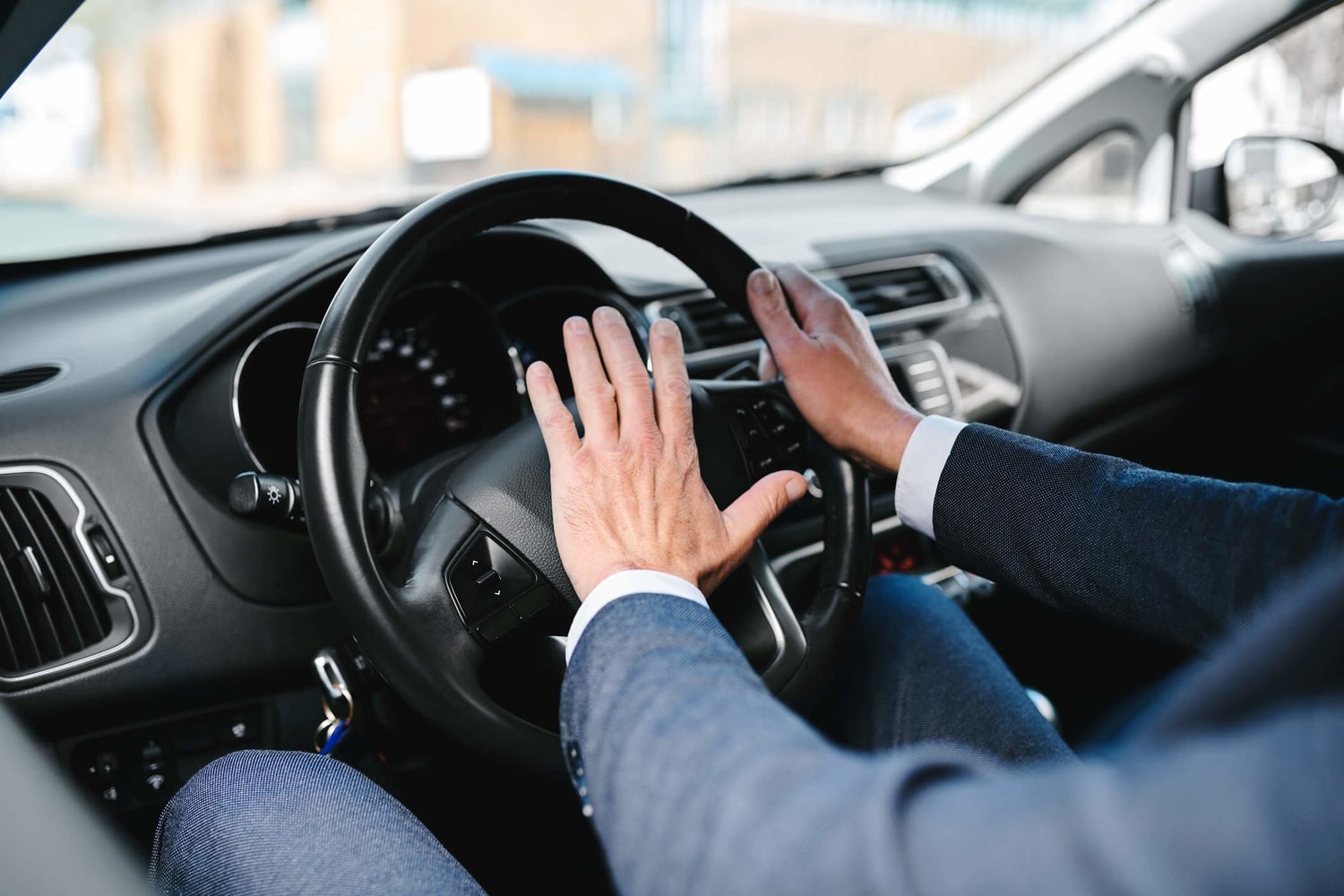Study: 82% of drivers admit to road rage or aggressive driving in the past year

Table of contents:
Introduction
Aggressive driving and road rage are becoming more commonplace — and more dangerous. New research from The Zebra shows that 82% of drivers in the U.S. admit to having road rage or driving aggressively at least once in the past year.
With more drivers than ever letting out their frustration behind the wheel, we wanted to learn more about the most prevalent aggressive driving behaviors right now, what drivers admit to engaging in themselves, and how they should handle driving frustrations.
Here’s what we know:
It’s incredibly common. Eight out of 10 drivers admitted to aggressive driving, and even more than that – 90% – said they witnessed someone else doing it.
It can be deadly. According to the National Highway Traffic Safety Association, the number of road rage-related fatal crashes rose almost 500% over 10 years, from 80 to 467.
It can be expensive. Drivers charged with reckless driving can expect their car insurance bill to go up by 70% ($1,034) on average, nationally, and as much as 390% ($4,220) in some states. And that’s on top of the fines and court costs.
It’s avoidable. Drivers and experts agree that there are ways to minimize road rage and its impact. Safe driving, common sense, and empathy for others on the road go a long way.
Definitions
Aggressive driving is any deliberate, unsafe driving behavior — like changing lanes without a turn signal or tailgating.
Road rage takes aggressive driving behaviors to the extreme and can include obscene gestures, ramming another driver’s car, or forcing them off the road. Of drivers surveyed, 55% admitted to having an episode of road rage at least once in the past year.
*See methodology for examples.
Finding 1
82% of drivers admit to road rage or aggressive driving in the past year
Eight out of 10 drivers say they’ve had at least one episode of aggressive driving or road rage over the past year, with the most common behavior being honking out of anger or frustration.





And while a quick beep of the horn might not seem aggressive to some, it can lead to more serious incidents. About 6% of drivers say their road rage escalated into a physical confrontation.
- 7% got out of their vehicle to verbally confront another driver.
- 6% threw objects.
- 6% got in a physical altercation with another driver.
- 5% sideswiped another vehicle.
- 5% bumped or rammed another vehicle on purpose.
- 5% forced another driver off the road.
These findings may be more concerning when you consider how many drivers have access to a weapon while driving. Forty-six percent of drivers say they’ve kept a gun, taser, or other weapon in the car for personal protection.

“One time someone changed lanes and almost pushed me off the road.” – 45-year-old male, Maryland
Finding 2
What’s making drivers angriest? Tailgating and distracted driving
There are many factors that can cause drivers to act out in potentially dangerous ways. They found tailgating to be the most frustrating, but distracted driving — other drivers using a phone or device — came in a close second.

Eighty-seven percent of drivers say they’ve seen another driver distracted by a phone or device in the past year. (In fact, half of respondents said they observed that behavior daily.) However, only 41% of drivers admit to similar behaviors in that timeframe.
Drivers aren’t just angry about distracted driving; they actually view it as more dangerous than road rage itself, and second only to driving under the influence of alcohol or drugs.
What are the most dangerous driving behaviors?
- DUI
- Distracted driving
- Drowsy driving
- Road rage/aggressive driving
Despite their frustrations, only 10% of drivers say they’ve actually called the police on another driver because of aggressive driving or road rage in the past year.
“I’ve seen people yell at me when they think I am going too slow, but I am going 5 mph over the speed limit.” – 19-year-old female, Illinois
Finding 3
The best advice: Ignore others’ aggressive behavior
So what’s the best way to handle others’ aggressive driving? It can be tempting to respond in kind, but the pros advise against it. Some tips from government and industry experts:
- Use common sense and practice safe driving: When drivers are focused on being courteous themselves, they can help reduce their own chances of an aggressive driving incident, and respond more appropriately if they’re the target of one.
- Ignore and avoid unsafe drivers: Rather than trying to respond to another motorist’s aggressive behaviors with more of the same, experts say to remain calm and don’t engage.
- Involve law enforcement: If drivers (or passengers) can safely record the license plate of an aggressive driver, they should call the police to report dangerous activity on the road. If they’re involved in a road rage incident that escalates, the best advice is to find a safe place to pull over, keep the windows up, and dial 911.
Our survey respondents agree; many suggested it’s best to play it safe and simply ignore agitated drivers. Here’s what some of them had to say:








When asked how they react to their own driving frustrations, a majority of respondents (62%) said they listened to music. Others try to think of something else (23%), while some admit to yelling or cursing to blow off steam (22%).

“Listen to your radio and keep going. Stay calm.” – 61-year-old female, New Mexico
About the survey
Methodology
The Zebra’s report presents the findings of an anonymous online survey of 978 drivers from all 50 states and Washington, D.C., ages 17-85 who drive at least monthly. The survey was conducted by independent research firm SurveyGizmo from Oct. 15-31, 2019, and the results were reviewed for quality control.
For the purposes of this survey, road road and aggressive driving include the following behaviors.
Aggressive driving
- Speeding in heavy traffic
- Tailgating
- Cutting off another driver on purpose
- Weaving in and out of traffic
- Changing lanes without signaling
- Blocking other cars from passing or changing lanes
- Running a red light or disobeying a traffic signal on purpose
- Honking to show anger or frustration
Road rage
- Making angry or obscene gestures (middle finger)
- Yelling or cursing at another driver or pedestrian
- Throwing objects
- Bumping or ramming another vehicle on purpose
- Sideswiping another vehicle
- Forcing another driver off the road
- Getting out of the vehicle to confront another driver
- Getting in a physical fight with another driver
Stay in touch and subscribe!
Get advice, insights and tips from our newsletter.


